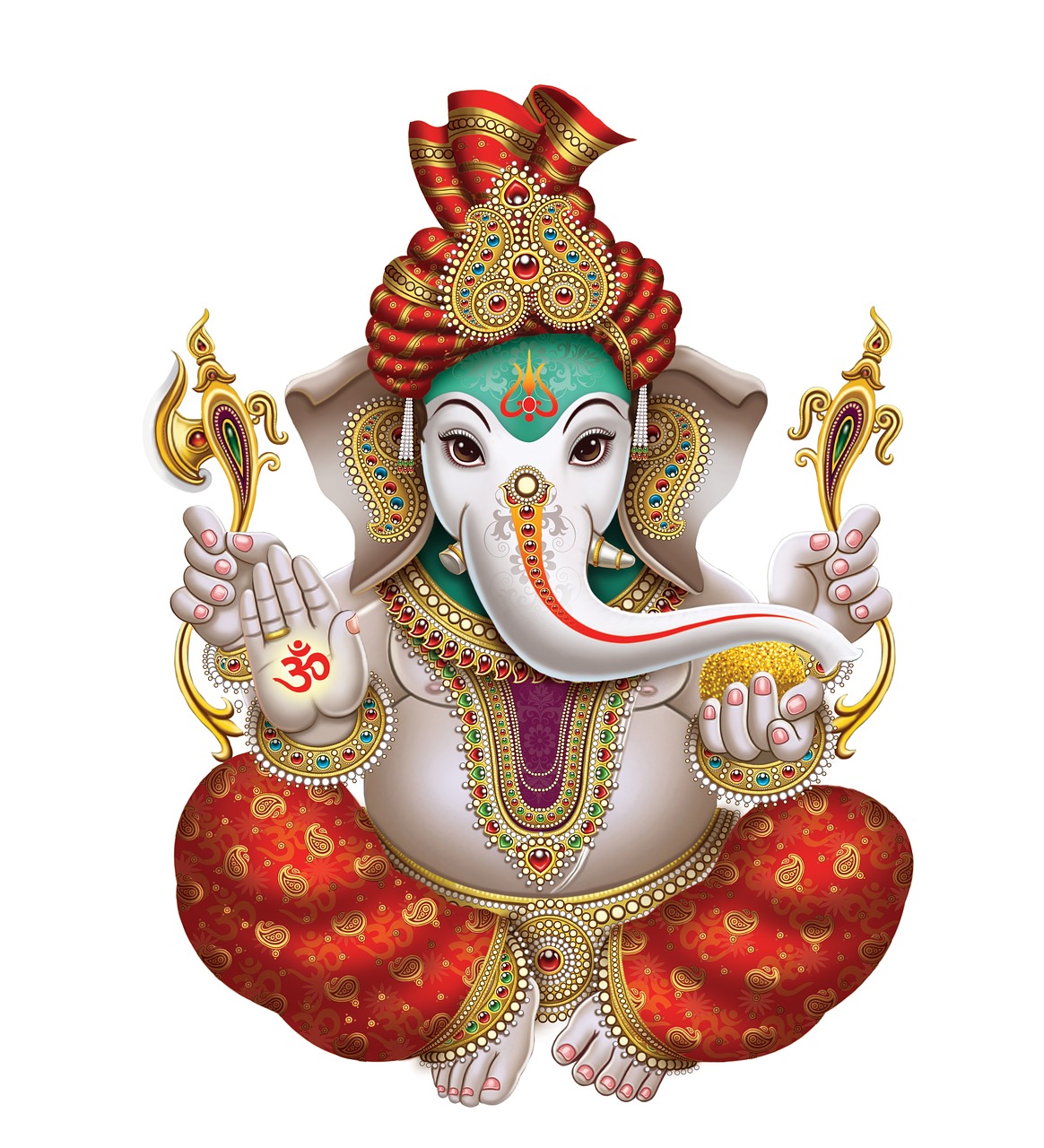In a captivating illustration by Lorenz Frølich from the 19th century, the gods Odin, Vili, and Ve are depicted as they play a crucial part in shaping the cosmos. Vili and Ve are notable as the two brothers of Odin, contributing significantly to the creation narrative in Norse mythology.
According to Snorri Sturluson, a medieval Icelandic scholar, Odin, Vili, and Ve were acknowledged as the foremost Aesir gods. They were born to the primordial god Borr and the giantess Bestla. The brothers collectively vanquished Ymir, the first being to exist, and from his remains, they molded the universe. Despite being regarded as an unreliable source in many aspects, Snorri’s account concerning the creation aligns consistently with other pieces of evidence from Norse traditions, lending credibility to its authenticity.
An additional tale involving Vili and Ve recounts a time when Odin faced exile from Asgard, the realm of the Aesir, due to practicing what was deemed “unmanly” magic. In his absence, Vili and Ve had relations with Odin’s wife, Frigg. Regrettably, further details surrounding their involvement in this scenario remain unclear.
References to Vili and Ve within Old Norse texts primarily consist of brief mentions, with Vili identified notably as Odin’s brother. Characters referred to as Hárr, Jafnhárr, and Þriði in Snorri’s Prose Edda possess educational roles, which might suggest that they are manifestations of Odin alongside his brothers, although it is equally plausible they represent Odin in different aspects since these titles are often ascribed to him in various Old Norse poetry.
The names of Vili and Ve carry profound significance. In Old Norse, “Vili” translates to “Will,” while “Ve” means “Temple,” with etymological ties to concepts related to sanctity and consecration. Additionally, the Proto-Germanic equivalents of their names are thought to be *Woðanaz, *Weljon, and *Wixan. This intriguing alliteration hints at their origin likely predating the Viking Age by a millennium or more, underlining their roots deep in the Proto-Germanic period.
Despite being mentioned infrequently in Viking Age literature, Vili and Ve were evidently revered deities among the Norse and other Germanic tribes, potentially extending beyond their initial cultural context. The endurance of these figures throughout centuries of mythological tradition, which witnessed considerable evolution, suggests their substantial role in the pantheon. Being recognized as siblings to Odin, a prominent deity in Germanic belief, reinforces Vili and Ve’s important status.
Odin, Vili, and Ve are emblematic of the fundamental forces that differentiate cosmic order from chaos, appellating them as Inspiration, Conscious Intention, and the Sacred respectively. Thus, these three gods not only crafted the cosmos but were integral to its sustenance and flourishing.



